Google Maps Says ‘Turn Right,’ Driver Ends Up Two Hours Late to Work
Navigation apps like Google Maps are meant to make driving simpler, but even a tiny error can turn a normal trip into a major headache.
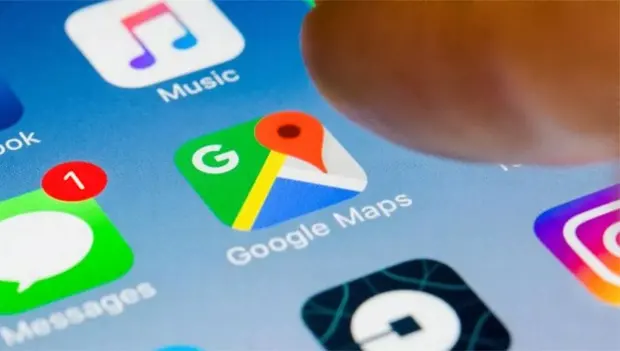
Navigation apps are designed to take the stress out of driving, but sometimes one wrong instruction can cause chaos. That’s exactly what happened in Thailand, where a driver learned the hard way that Google Maps isn’t always flawless.
Google Maps is usually one of the most reliable navigation tools around, pulling live data from local authorities and millions of users across the world. Editors frequently review updates to keep routes accurate and prevent mishaps. But despite these safeguards, mistakes still slip through.
In this case, a Thai driver didn’t end up lost in the wilderness — instead, he found himself heading in the complete opposite direction of his workplace, with no way to turn back.
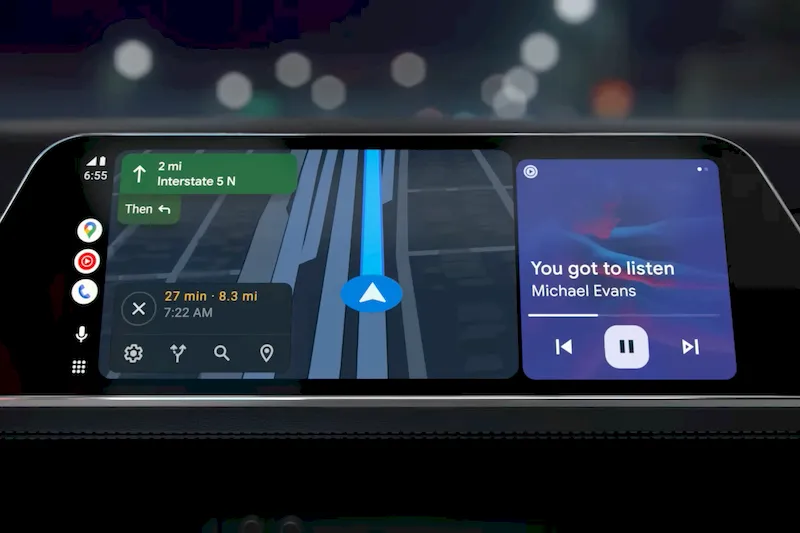
His story blew up on Thai social media after he explained how a routine drive to Bangkok’s Central Westgate shopping center turned into an unplanned road trip. According to his post, he entered his destination into Google Maps and followed the directions as usual. When he reached an intersection, the app instructed him to turn right — even though the correct route required a left turn. Trusting the app, he followed its advice.
Unbeknownst to him, the navigation data was outdated. The app directed him onto the M81, a new motorway that’s still under construction and only open to traffic on weekends. During the week, crews are still installing traffic management systems, meaning most exits are blocked off.
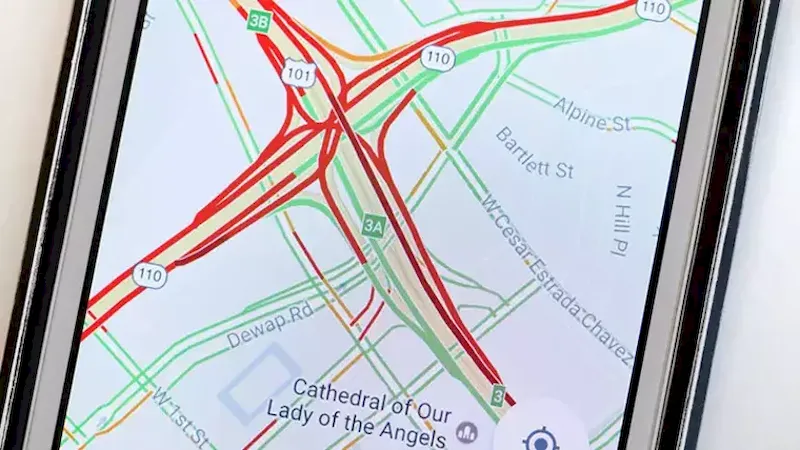
That’s how what should’ve been a short commute turned into a two-hour ordeal. Once on the M81, he had no exits available and couldn’t make a U-turn, even though Google Maps kept suggesting one. He had no choice but to continue driving until he finally found a way off the road — by then, he was two hours late for work, despite leaving early.
Local officials have since contacted Google, asking the company to update its map data to reflect the M81’s operating hours and restrictions. In theory, this should prevent similar detours in the future.
This isn’t the first time Google Maps has sent drivers off course — and it probably won’t be the last. The bigger problem may be how blindly people trust their navigation apps. Authorities also point out that proper signage could help prevent such incidents.
Map-related mishaps have had far more tragic consequences elsewhere.
In 2024, three men in India drove off an unfinished bridge after following Google Maps’ directions. The bridge was still under construction, and without barriers or warning signs at night, the car plunged into a river. All three passengers died.
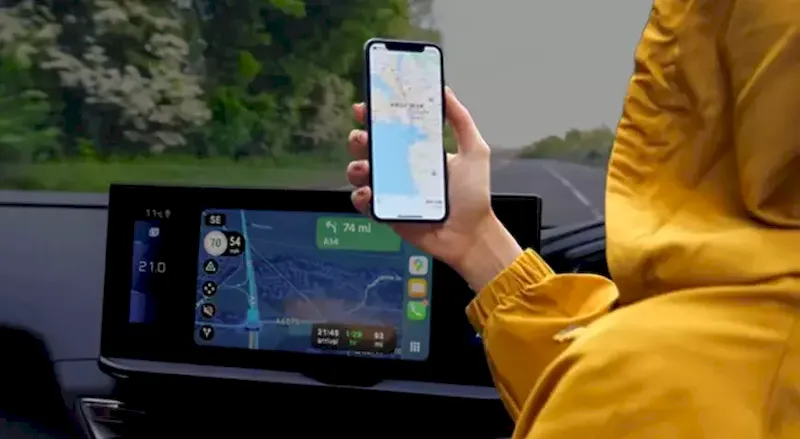
In another incident back in 2020, two teenagers in Russia followed Google Maps onto a snow-covered, unopened road after being rerouted for a “faster” ETA. Their car became stuck far from any cell signal. After trying to walk for help in freezing temperatures, one of the teens died from exposure; the other was later rescued with serious injuries.
Traffic experts worldwide urge drivers to double-check their routes before relying on any navigation app — whether it’s Google Maps, Waze, or something else. They also emphasize following real-world road signs above digital directions. If a suggested turn looks unsafe, it’s always better to stay on paved, open roads, even if it adds a few minutes to the drive. Having offline maps ready is another smart precaution when traveling through areas with poor cell service.
You may also be interested in the news:
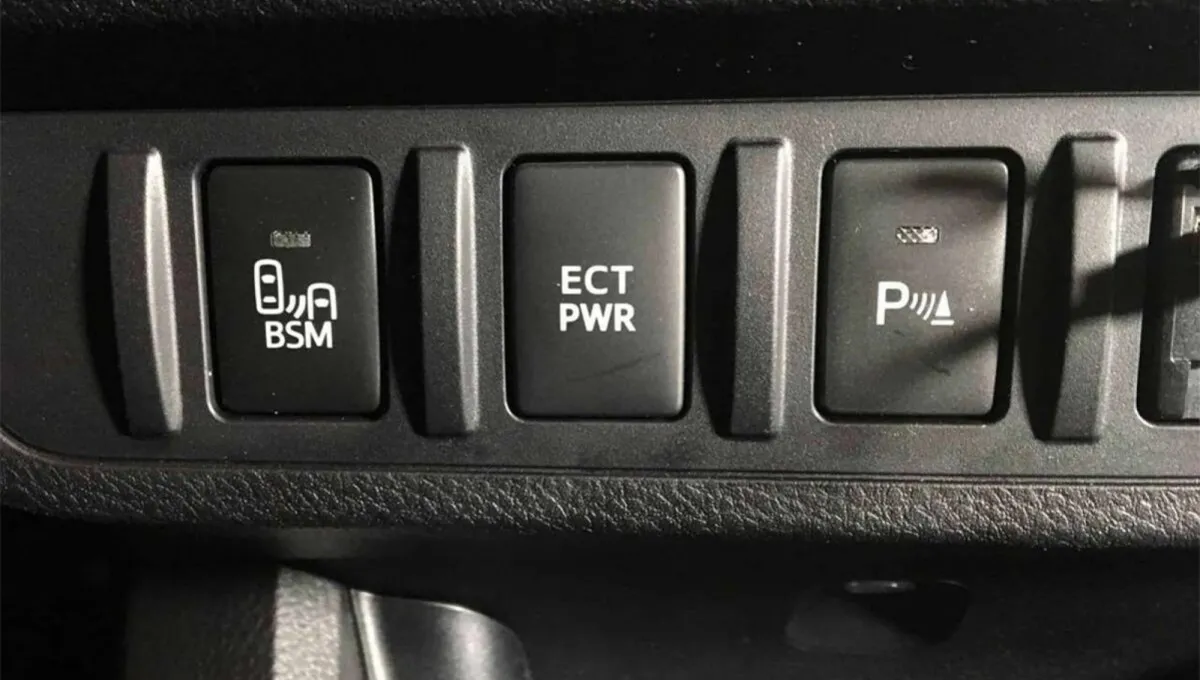
Not All Americans Know the Purpose of the ECT PWR Button on Their Toyota: The Hidden Secret
Many modern cars with automatic transmissions, like the Toyota Camry or Lexus RX, come equipped with this unusual button.
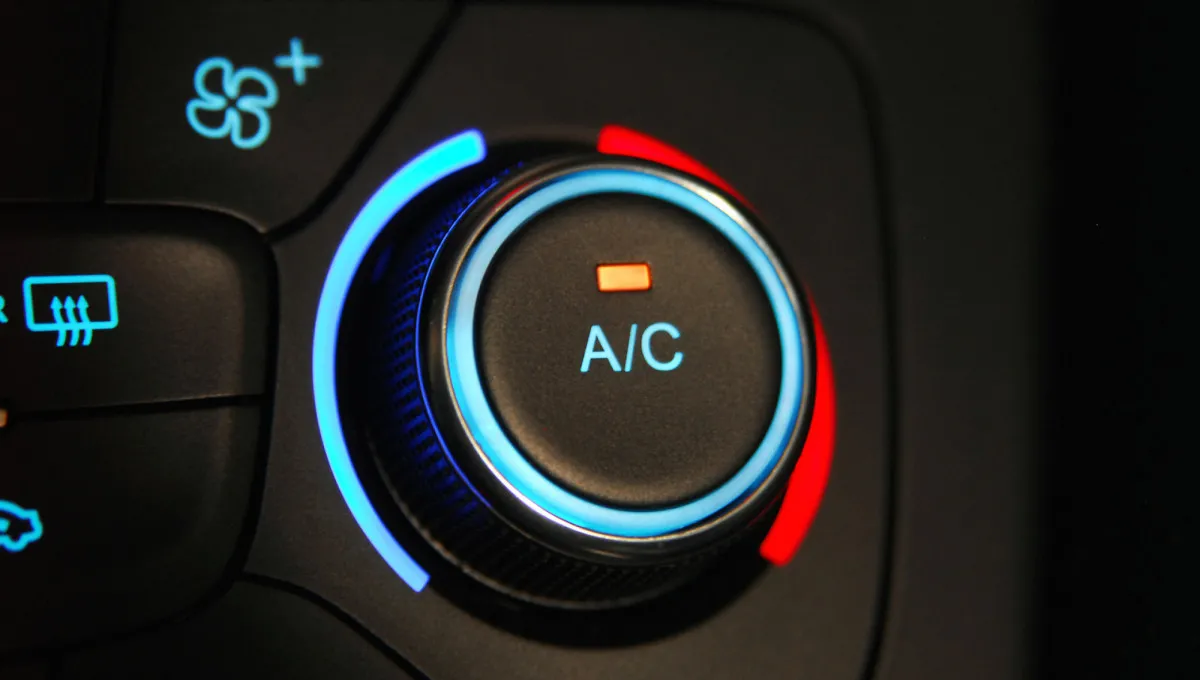
PSA: How to Clear a Musty A/C Smell Without Lifting a Finger
A simple step-by-step routine that keeps your car from developing that nasty A/C smell.
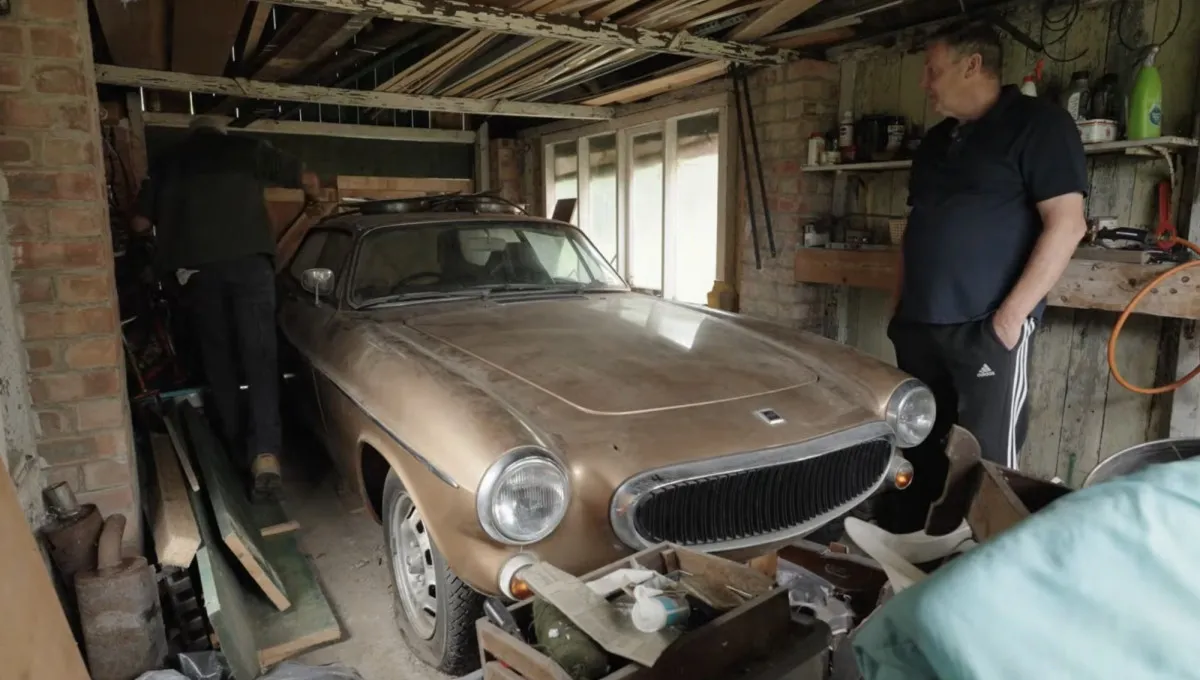
Navy Veteran Parked His Volvo in 1978 — It Hasn’t Moved an Inch Until Now
When the shed door swung open for the first time in decades, sunlight spilled onto a Volvo that hadn’t budged since Jimmy Carter was still working in the Oval Office.
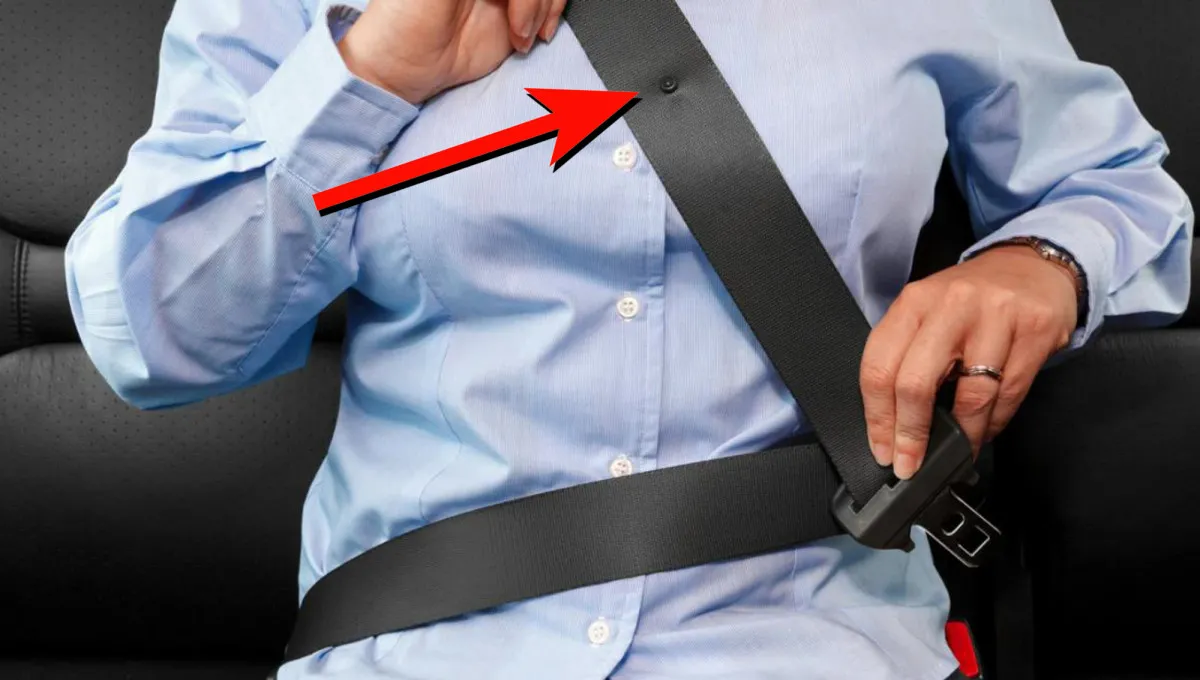
What’s That Little Button on Your Seat Belt For? The Answer Might Surprise You
That tiny dot on your car’s seat belt is easy to overlook.
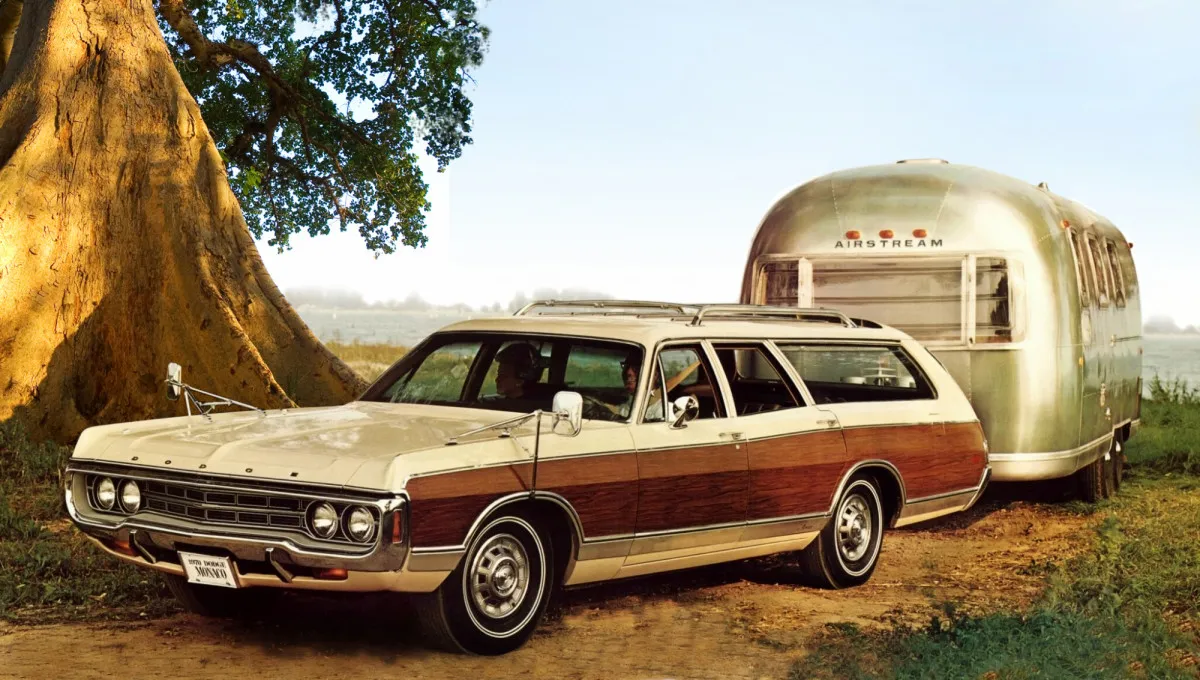
How American Car Designers Ended Up Building Wood-Sided Cars — and Why the Style Stayed Trendy for So Long
Automotive trends can be just as fickle as the fashion world.